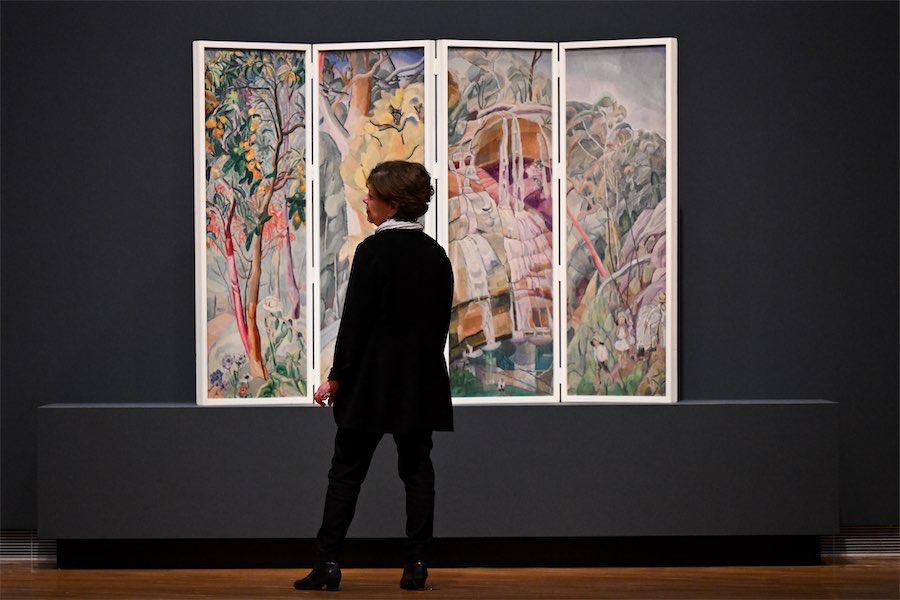
By Liz Hobday
The representation of women artists in Australia’s visual arts sector has stagnated or even gone backwards, according to a national study.
The third Countess Report, a snapshot of 21,000 artists and 450 institutions during 2022, found the situation for women has either stalled or worsened since its 2018 report.
“My take is that it’s still pretty mediocre out there, women are still under-represented,” said co-author Shevaun Wright.
The report analysed art prizes, funding decisions, commercial representation, collection acquisitions and exhibitions across Australia.
It found few improvements for women across key markers of career success, including solo shows, state gallery acquisitions and commercial gallery deals.
Of just under 2000 artworks acquired by state galleries in 2022, the majority (55 per cent) were by men and one-third were by women (the gender of artists behind other acquisitions was unknown, or the product of a collective or collaboration).
The National Gallery of Australia and the art galleries of NSW and WA were exceptions, with all three acquiring more works by women artists.
As for state gallery shows, women made up one-third of the exhibition slate, while men accounted for 48 per cent of shows.
“If you have a gallery that favours blockbuster shows, it’s traditionally dominated by men, and it’s taking the art world a long time to make any progress,” Wright said.
For its part, the National Gallery of Australia showed a high proportion of female artists, 84 per cent, and women accounted for half of its solo exhibitions.
Yet the institution was at times sending mixed messages, the authors said.
Wright said the gallery’s Know My Name program had promoted women artists widely, yet it also spent $6.67 million on controversial US artist Jordan Wolfson’s robotic Body Sculpture.
The 2018 Countess Report data showed big gains for women artists since the first snapshot in 2014, but co-author Miranda Samuels put this down to a knee-jerk response as galleries tried to rapidly fix their problems.
That reaction is now being tempered, she said, while the pandemic may also have resulted in galleries taking fewer risks.
Penelope Benton, from the National Association for the Visual Arts, said the 2022 results were disappointing.
But she said major solo shows by Yhonnie Scarce, Judy Watson and Emily Kam Kngwarray signalled a potential turnaround.
For the first time the report also analysed Aboriginal and Torres Strait Islander representation, with First Nations artists making up 26 per cent of those shown in university art museums and state galleries, but about seven per cent in artist-run initiatives and major museums.
It also found Aboriginal and Torres Strait Islander artists accounted for 15 per cent of artists exhibited in commercial galleries, and tended to be included in group exhibitions rather than solo shows.
The report was funded by Creative Australia, the Sheila Foundation and the Copyright Agency, and was also backed by the National Association for the Visual Arts.
Who can be trusted?
In a world of spin and confusion, there’s never been a more important time to support independent journalism in Canberra.
If you trust our work online and want to enforce the power of independent voices, I invite you to make a small contribution.
Every dollar of support is invested back into our journalism to help keep citynews.com.au strong and free.
Thank you,
Ian Meikle, editor